Review for Westfront 1918 & Kameradscahft (Two films by G.W. Pabst)
The great thing about Eureka’s ‘Masters of Cinema’ releases is that are have become something of a kite-mark for quality, much in the way Criterion have in the U.S. Even if you have never seen a film before, or even heard of it, you can be sure it’s going to have merit. You can also be sure that it has a thoroughly decent transfer, regardless of vintage.
Although I was familiar with Georg Wilhelm Pabst’s arguably more popular work, like Pandora’s Box and Diary of a Lost Girl, featuring the charismatic Louise Brooks, both heavy German melodramas from the very height of the silent era. But I had never really heard of either of the two films contained on this release, both early sound films and both reflecting Pabst’s political views and pacifism following the human disaster that had been World War 1.
Pabst had served for his country and had been a prisoner of war (to the French) during the war, so had every opportunity to see the horrors from two perspectives. Both Westfront 1918, an out and out war film and Kameradschaft, a post-war film featuring a team of German miners risking their lives to rescue a team of French miners left trapped after an underground explosion, reflected this humanist view and his hope that there would never be a war on such a scale again.
Much of the cast and crew for both films were notable in German film-making at the time, many with a history in classic film-making, including the use of Fritz Arno Wagner as cinematographer who had an unarguably high pedigree with films like M, Noseferatu and Der müde Tod to his credit.
I didn’t really know what to expect but was knocked out by the relative sophistication of both films in terms of camera movement, image quality and soundtracks. They just look incredible. Both are harrowing in their own way, with Westfront 1918 majoring on the most intense action sequences that surely rival anything done since with absolutely relentless gunfire, gassing and explosions during parts of the film. Even today, these films are not for the faint-hearted.
WESTFRONT 1918
It’s notable that Westfront 1918 was released by an equally excellent and moving portrayal of the futility of trench warfare from a German perspective. Perhaps over-shadowed by that particular film, it has remained somewhat obscure by comparison but really shouldn’t be. It’s a film about a small group of infantry men which, after some focus on their individual dreams and aspirations, shows them in the nightmarish hopelessness of war with little prospect of coming out alive.
It’s a harsh and unflinching film with little sentimentality. Having given us insight to a particular character, like a young student experiencing his first love at a frontline French pub, they are simply killed, unflinchingly and without ceremony and are scarcely mentioned again.
And if the relentless battle scenes aren’t harsh enough, we also follow one soldier home on leave as a way of showing what civilian life had become in Germany towards the end of the war, with little food nor hope, with his wife reduced to sleeping with the Butcher’s boy in order to eat and with his Mother unable to leave a queue for food on his arrival for fear of losing her place. This is bleak stuff.
The battle sequences are technically impressive and done at scale – in a pre-CGI age where what you shot was what you saw, this must have been an incredibly tough and expensive shoot for everyone involved. Even 80+ years on, it still looks great and the transfer is stunning – very nearly flawless and with deep contrasting black levels and detail that is an impressive reflection of HD.
The end of the film is particular bleak, really reflecting the utter human hopelessness of trench warfare. Set in a hospital, surgeons are chopping off limbs with cigarettes dangling from their mouths, with screaming (both from the insanely shell-shocked and those in pain, in what is a scene that won’t leave you for some time.
KAMERADSCAHFT
Made just a year after ‘Westfront’ and not, strictly speaking, a war-film Kameradschaft also packs a punch. It’s really something to get both these excellent films on a single disc. Using a real-life story from a couple of decades earlier, the film focuses on a mining disaster on the border between France and Germany where a fire took over 1000 lives. What was truly remarkable was the way that men from both sides of the border put their own lives in danger in order to try and save as many of the men’s lives as possible. By putting it in a contemporary setting, in 1931, Pabst recognised that it was a great story to show how, when disaster strikes, that all men are suddenly on the same side and humanity wins over partisan bias.
Although this message was anything but subtle (here how the men shout down those who dissent) it remains a powerful film – one that was quickly banned by the Nazi’s later in the decade. What is remarkable about the film is the incredibly realistic, claustrophobic atmosphere underground as well as some truly stunning special effects. It’s a nail-biter of a film and, in its way, as harrowing and as exciting to watch as Westfront 1918.
Despite much of the film being shot ‘underground’ in dim lighting conditions, it is technically remarkable with every shot beautifully lit and rendered on this print in breath-taking quality for a film of its vintage. Equally notable is the sound-bed. As an early film, its use of dramatic audio effects throughout is very impressive.
Special features are, understandably, somewhat limited but with two feature length films already included, there is hardly room to grumble. Both films get a really good contextual introduction from film scholar, author and Pabst ‘expert’, Jan-Christopher Horak. Also included is a length A4 booklet with an excellent essay by Philip Kemp alongside some archival imagery.
This is a wonderful addition to the ‘Masters of Cinema’ series and will be much enjoyed by fans of ground-breaking, early cinema. With not one, but two such films on one disc, it’s a very highly recommended pick up.
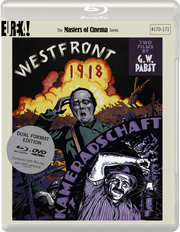
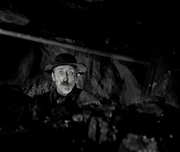
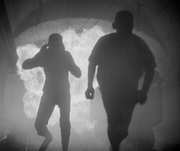
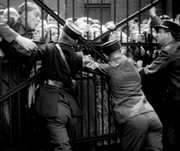
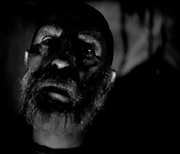

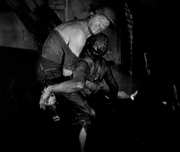
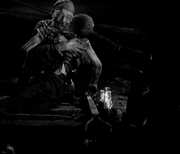
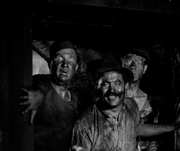
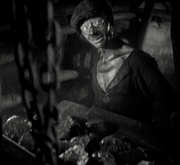
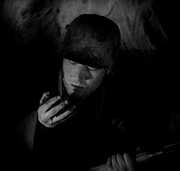
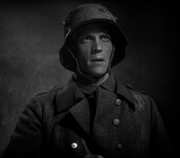
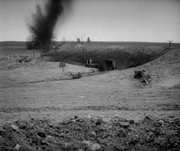

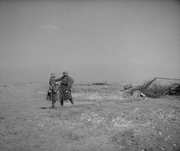
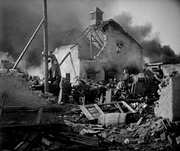
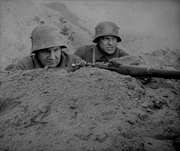
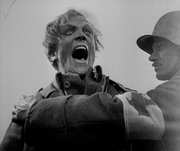
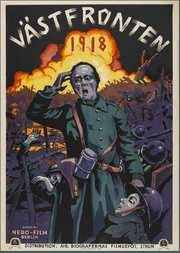

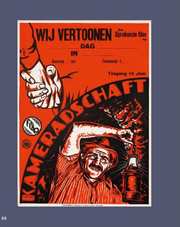




































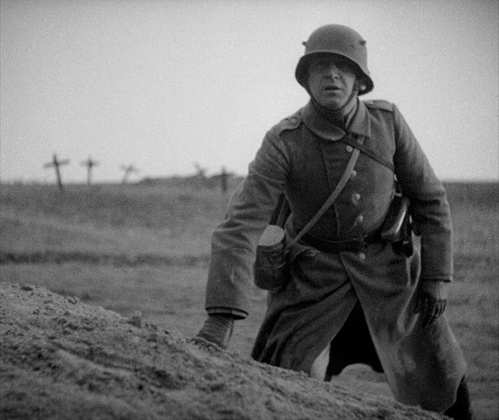




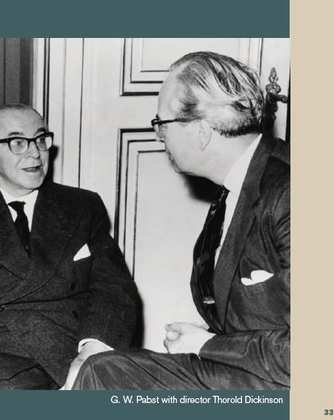
Your Opinions and Comments
Be the first to post a comment!